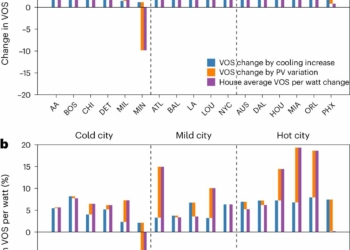With coral disease continuing to have a devastating impact on the world’s coral reefs, researchers from the Florida Atlantic University’s Harbor Branch Oceanographic Institute have found a promising treatment intervention that could halt the destruction, at least temporarily.
In a study published in the journal Scientific Reports, the research team details its attempts at treating individual sections of Florida’s Coral Reef – Montastraea cavernosa or Great Star Coral, more specifically – that was recently hit by an outbreak of stony coral tissue loss disease.

A common antibiotic used to wipe out bacterial infections in humans could be repurposed for treating disease-stricken coral colonies across the globe. Image: Christian Gloor via flickr.com, CC BY 2.0
Diving to a depth of up to 10 metres underwater, the researchers experimentally assessed the effectiveness of two different treatments – chlorinated epoxy on the one hand, and a mix of Core Rx/Ocean Achemists Base 2B and the common antibiotic amoxicillin on the other. The treatments were then compared to untreated controls and periodically observed for a period of 11 months.
Results showed that the mix of Base 2B plus amoxicillin was 95% effective at healing individual lesions, whereas colonies treated with chlorinated epoxy were virtually indistinguishable from controls.
Effective as it was, however, the treatment did not succeed in preventing the recurrence of lesions on treated coral. According to Erin N. Schilling, first author on the study, this could due to the presence of the causative agent in the environment, or because the dose and duration of treatment were effective only for specific lesions, but not for eliminating the pathogen from the entire colony.
This has led the researchers to hypothesise that a larger initial dose of the antibiotic, followed by supplementary injections, might be best – not unlike in the treatment of bacterial infections in humans.
What’s also necessary is further study of coral diseases, which – despite five decades of largely unmitigated spread – remain poorly understood to this day, as well as closer examination of any potential unintended consequences, optimal dosing, and the best methods of scaling the treatment across large swathes of coral.
“Results of our experiment expand management options during coral disease outbreaks and contribute to overall knowledge regarding coral health and disease,” concludes senior author Joshua Voss.
Source: eurekalert.org













